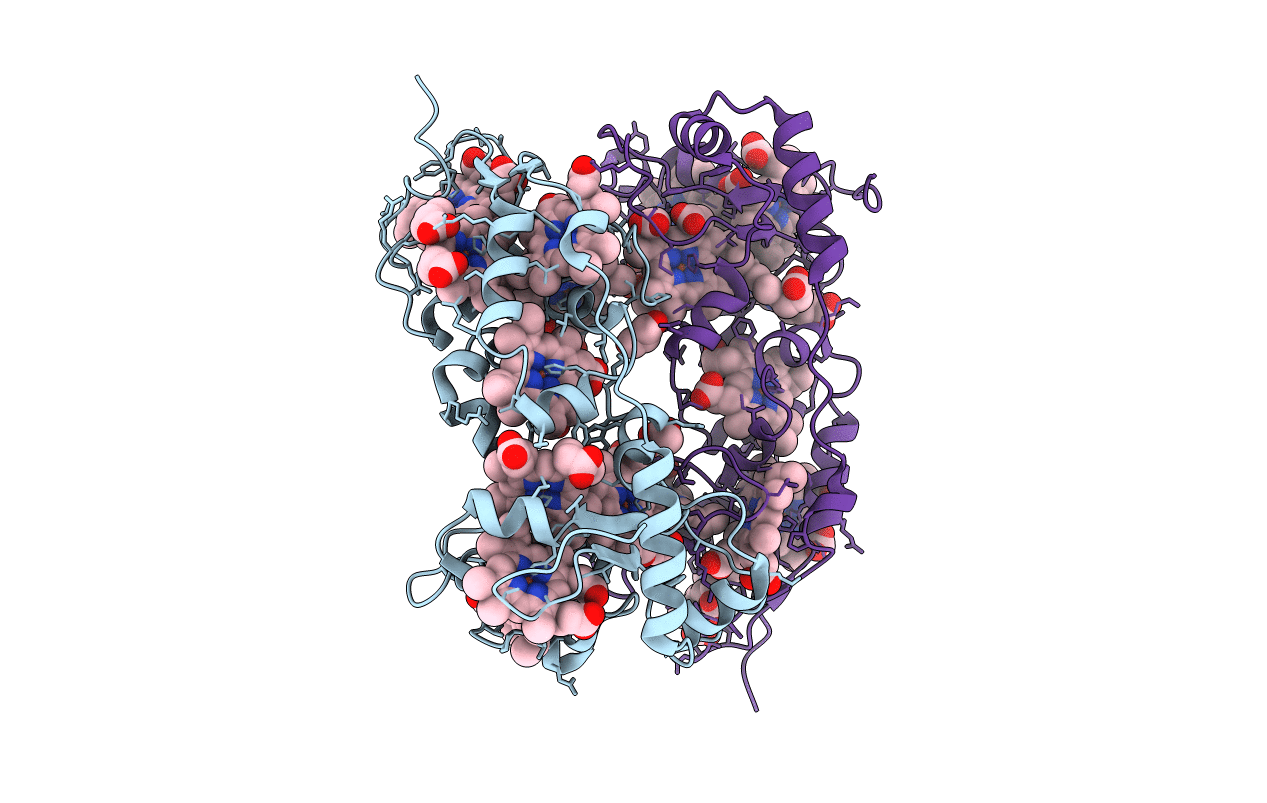Abstact
The nine-heme cytochrome c is a monomeric multiheme cytochrome found in Desulfovibrio desulfuricans ATCC 27774. The polypeptide chain comprises 296 residues and wraps around nine hemes of type c. It is believed to take part in the periplasmic assembly of proteins involved in the mechanism of hydrogen cycling, receiving electrons from the tetraheme cytochrome c3. With the purpose of understanding the molecular basis of electron transfer processes in this cytochrome, we have determined the crystal structures of its oxidized and reduced forms at pH 7.5 and performed theoretical calculations of the binding equilibrium of protons and electrons in these structures. This integrated study allowed us to observe that the reduction process induced relevant conformational changes in several residues, as well as protonation changes in some protonatable residues. In particular, the surroundings of hemes I and IV constitute two areas of special interest. In addition, we were able to ascertain the groups involved in the redox-Bohr effect present in this cytochrome and the conformational changes that may underlie the redox-cooperativity effects on different hemes. Furthermore, the thermodynamic simulations provide evidence that the N- and C-terminal domains function in an independent manner, with the hemes belonging to the N-terminal domain showing, in general, a lower redox potential than those found in the C-terminal domain. In this way, electrons captured by the N-terminal domain could easily flow to the C-terminal domain, allowing the former to capture more electrons. A notable exception is heme IX, which has low redox potential and could serve as the exit path for electrons toward other proteins in the electron transfer pathway.



